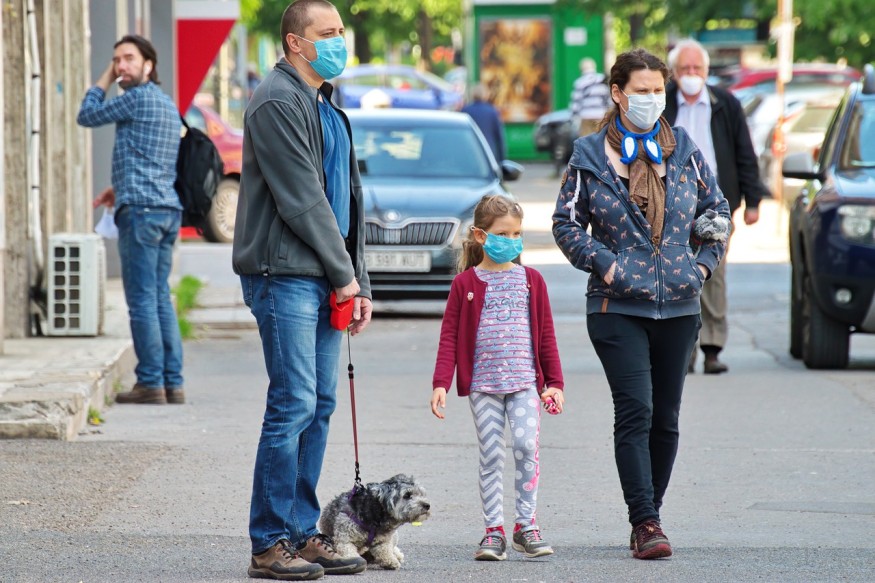A new study found that a variant for COVID-19 known as CAL.20C has now spread to several states in the United States and many other countries.
According to a Live Science report, the study which the JAMA journal published on February 11 was first discovered in a single case in July last year in Los Angeles County, although it did not reappear in Southern California until October 2020.
This said report also specified, then, cases of the CAL.20C variant increased rapidly in the LA rea, "coinciding with the winter surge of the region in overall COVID-19."
To date, CAL.20C accounts for almost 50 percent of COVID-19 cases in Southern California and roughly one-third of cases in this state based on an assessment of viral genomes posted on GISAID global database.
ALSO READ : 'Worrying' Mutation Detected in the UK

Rapid Spread of the California Variant
The study investigators also found that by the end of January, there was a rapid spread of the California variant in "19 other states," a substantial increase from only five States in November last year 2020.
In addition, CAL.20C has reportedly spread as well, outside the US, to six countries more including Australia, New Zealand, Israel, Denmark, the United Kingdom and Singapore.
Furthermore, the study authors said they suspect travelers from Southern California are transferring the variant to different places.
According to LA-based Cedars-Sinai Medical Center research scientist Jasmine Plummer, the California variant "is moving, and we think, it is Californians who are moving it."
CAL.20C
Also identified as B.1.429, the CAL.20C is detected by five distinct mutations. Three of these are found in the spike protein of the virus, the structure that enables the virus to attach to, and infect human cells.
In spite of the apparent rise of the variant in Southern California, researchers still do not know if this variant is more infectious compared to the other coronavirus variants.
According to The New York Times, this strain may have turned out to be more typical merely by chance, instead of "having an inherent biological advantage."
The study investigators noted too, that their research analysis was limited to samples which the publicly available database included, as well as roughly 2,300 samples from their hospital.
The Worrying L452R Mutation
The scientists noted too, that they "cannot rule out 'collection bias'." They meant that samples might have been collected from specific populations, "but not others."
Nevertheless, the strain has a worrying mutation identified as L452R. Such a genetic mutation is a gene encoding for what's identified as RBD or receptor-binding domain, a spike on the spike protein where the virus initially docks with human cells. Essentially, mutations in this location could, in theory, allow the virus to transmit more easily.
In January, health officials in California said they were worried about a strain with the L452R mutation since it had been detected in several major outbreaks in Santa Clara County.
Researchers at the Cedars-Sinai are continuing to study the CAL.20C variant to determine if it is more infectious, more severe, or has a better ability to resist present vaccines than other variants.
RELATED TOPIC : UK May Be the First Country to Authorize COVID-19 Vaccine
Check out more news and information on COVID-19 on Science Times.
© 2026 ScienceTimes.com All rights reserved. Do not reproduce without permission. The window to the world of Science Times.












